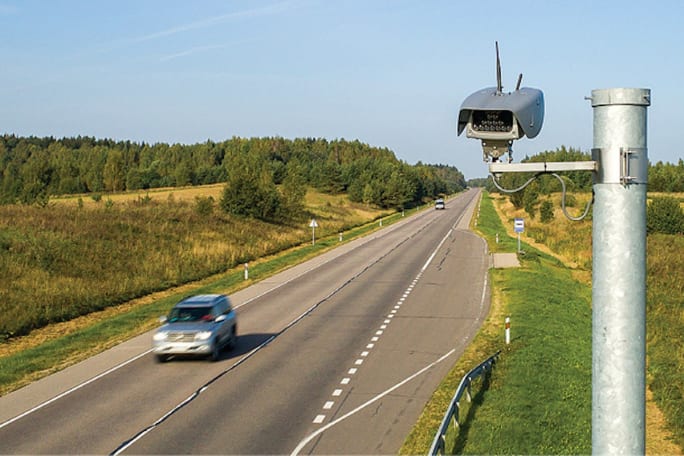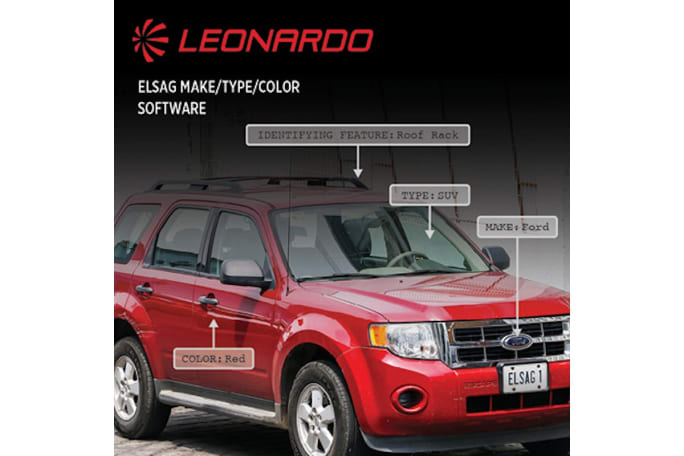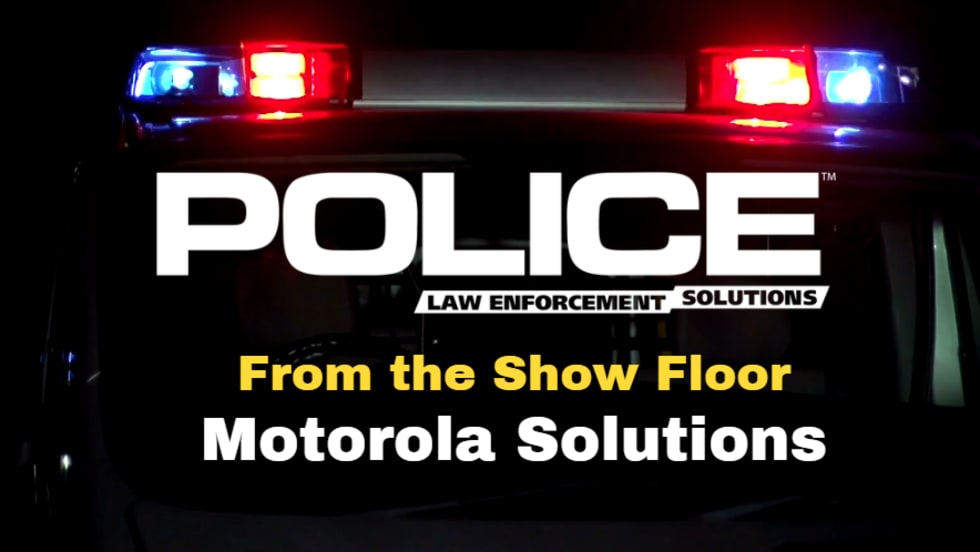Jenoptik www.jenoptik.com has been providing LPR systems to U.S. law enforcement for two-and-a-half years. Finbarr O’Carroll, head of Jenoptik Light & Safety North America, says the company is seeing more and more interest from American police agencies.
O’Carroll says Jenoptik is different from some of its competitors in that it has developed its own optical character reader (OCR) engine. The Jenoptik OCR technology is enhanced by the company’s deep learning engine machine learning (AI) software. The technology is built into Jenoptik’s LPR cameras for extremely fast processing of data.
“We just deployed with a Texas agency,” O’Carroll says. “They were getting some results with their old LPR system in 60 seconds. But if it was slow, it could take two to three minutes. We’ve given them the ability to get alerts in about five seconds.” O’Carroll says the alert is actually ready much faster than five seconds but sending the data to the officers is delayed for a few seconds while waiting for a photo of the vehicle to be downloaded over the cellular network so that the officer can establish probable cause for a stop. In the first three weeks of using the Jenoptik LPR solution, the Texas agency recovered eight stolen vehicles.
O’Carroll says the deep learning engine AI built into Jenoptik’s LPR cameras has made them extremely accurate, even when plates are scratched or part of a character is obscured by mud or other opaque materials. “The deep learning software can identify the bottom of an obscured letter or number because it knows what the full one looks like,” he explains. Jenoptik’s AI deep learning software is trained with 50,000 plates. Then it learns as it sees even more plates.
Jenoptik’s LPR systems are available in mobile and fixed versions. The technology can also be installed into the company’s redlight and speed detection systems. O’Carroll says Jenoptik has delivered traffic safety systems to more than 2,500 American users and he believes many of these customers will soon be using the company’s LPR tools as well.















